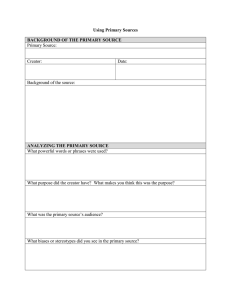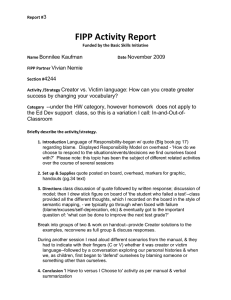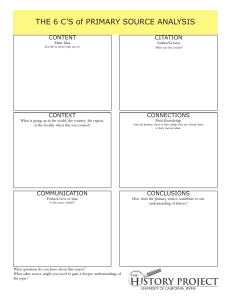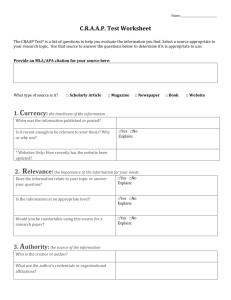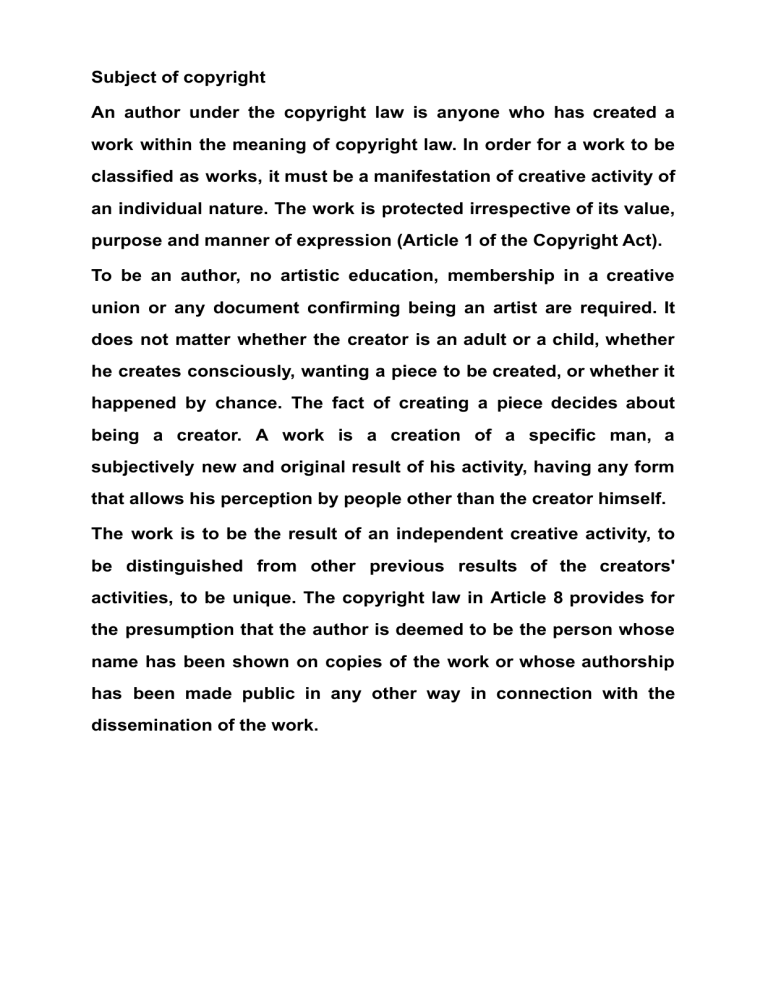
Subject of copyright An author under the copyright law is anyone who has created a work within the meaning of copyright law. In order for a work to be classified as works, it must be a manifestation of creative activity of an individual nature. The work is protected irrespective of its value, purpose and manner of expression (Article 1 of the Copyright Act). To be an author, no artistic education, membership in a creative union or any document confirming being an artist are required. It does not matter whether the creator is an adult or a child, whether he creates consciously, wanting a piece to be created, or whether it happened by chance. The fact of creating a piece decides about being a creator. A work is a creation of a specific man, a subjectively new and original result of his activity, having any form that allows his perception by people other than the creator himself. The work is to be the result of an independent creative activity, to be distinguished from other previous results of the creators' activities, to be unique. The copyright law in Article 8 provides for the presumption that the author is deemed to be the person whose name has been shown on copies of the work or whose authorship has been made public in any other way in connection with the dissemination of the work. Subject of copyright Pursuant to the Act, the subject of copyright is any manifestation of creative activity of an individual nature, established in any form, regardless of its value, purpose and manner of expression (work). Copyright law works automatically - copyright protection begins as soon as the work is established, without its creator having to fulfill any formalities. The piece does not have to be finished. In particular, the subject of copyright are works: expressed in words, mathematical symbols, graphic signs (literary, journalistic, scientific, cartographic and computer programs), plastic, photographic, violin makers, industrial design, architectural, architectural and urban planning and urban planning, musical and verbal-musical, stage, stage and music, choreography and pantomime, audiovisual (including visual and auditory). The copyright holders do not apply: ideas and ideas, unless expressed in original form; official documents, materials, signs and symbols; normative acts or their official drafts; published patent or protection descriptions; simple press releases; research ideas and topics, and scientific theories and facts; art, spatial or musical forms known for a long time; elements of works devoid of a creative nature, e.g. typical tables, drawings, lists devoid of the original concept, e.g. alphabetical; works permanently exhibited on generally accessible roads, streets, squares or gardens, but not for the same use; works displayed in publicly available collections, such as museums, galleries, exhibition halls, but only in catalogs and publications published for the promotion of these works, as well as in reports on current events in the press and television, but within the limits justified by the purpose of the information; trademarks used for informational purposes. Duration of copyright: Copyright is limited in time and lasts: throughout the artist's life and 70 years after his death; if the creator is unknown - 70 years from the date of the first distribution of the work. If, under the Act, the copyright is vested in a person other than the authors: 70 years are counted from the date of dissemination of the work; when the work has not been disseminated - 70 years from the date the work was established. The duration of related rights is different: 50 years with regard to broadcasting of RTV programs (counting from the year of first broadcasting); 50 years for the preparation and use of phonograms and videograms (from the year of production). The right to quote - a legally permissible possibility to quote excerpts of disseminated works or minor works in the work created by you without the consent of their creator and without paying remuneration to him. The right to quote applies to works protected by proprietary copyrights and restricts them to any use. Works not covered by proprietary rights may be used freely, provided that the author is identified. Fair use - in intellectual property law, restriction of the monopoly of the owner of copyright or patent rights consisting in allowing the use of an already disseminated work without the need to obtain his consent under strictly defined conditions and in strictly defined situations.
